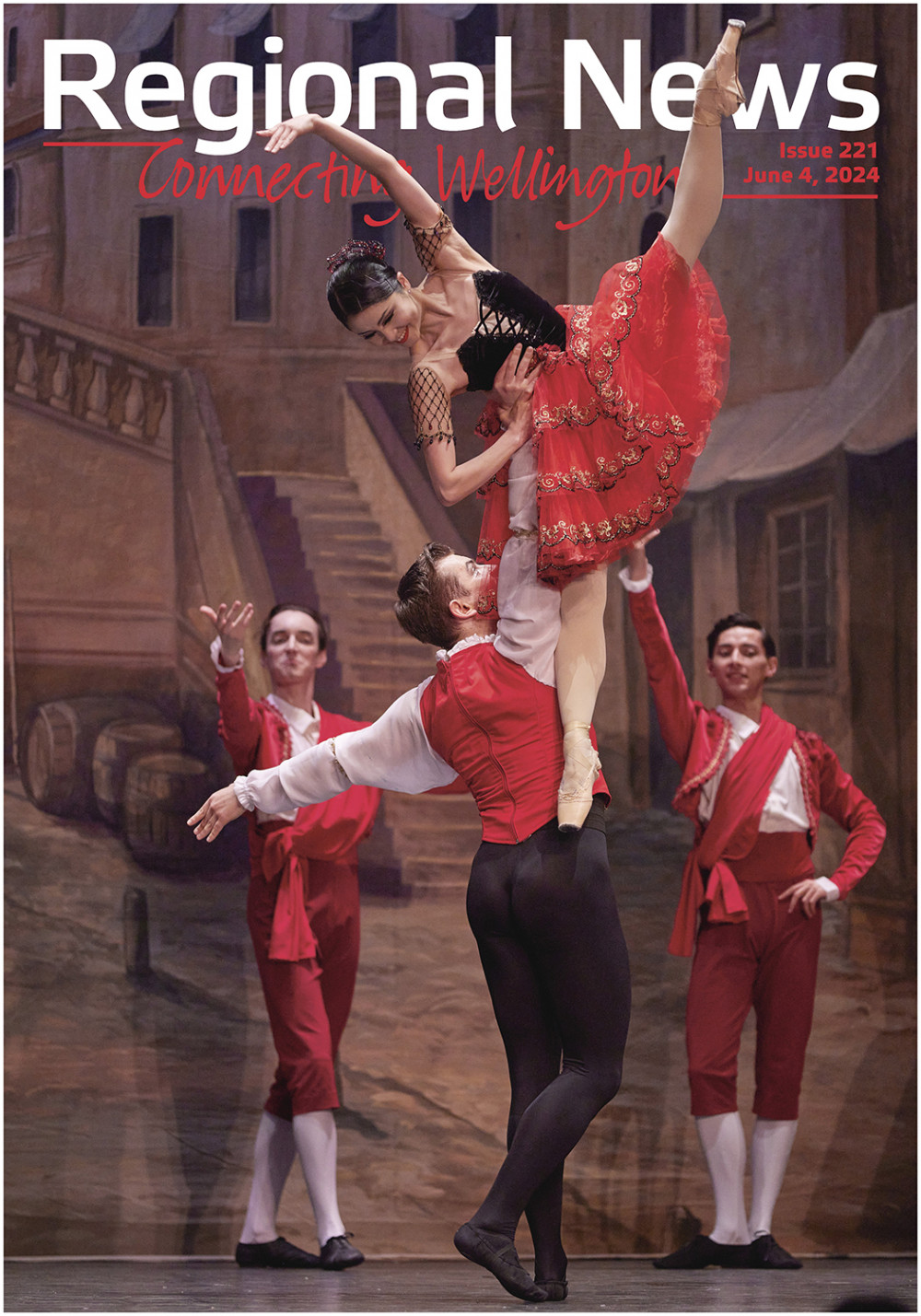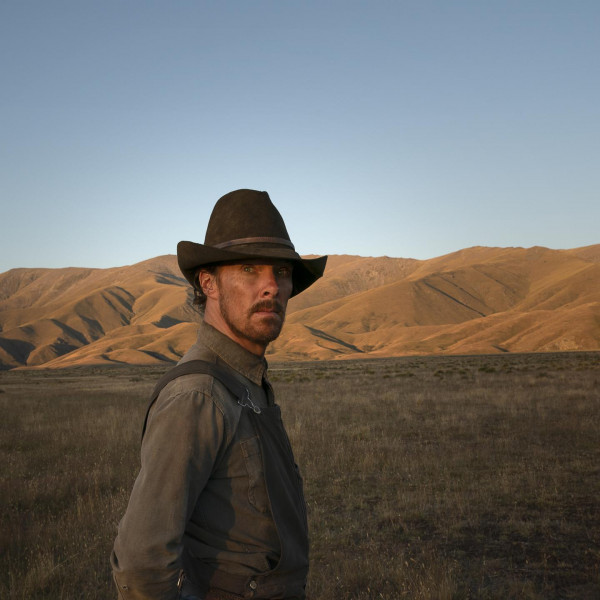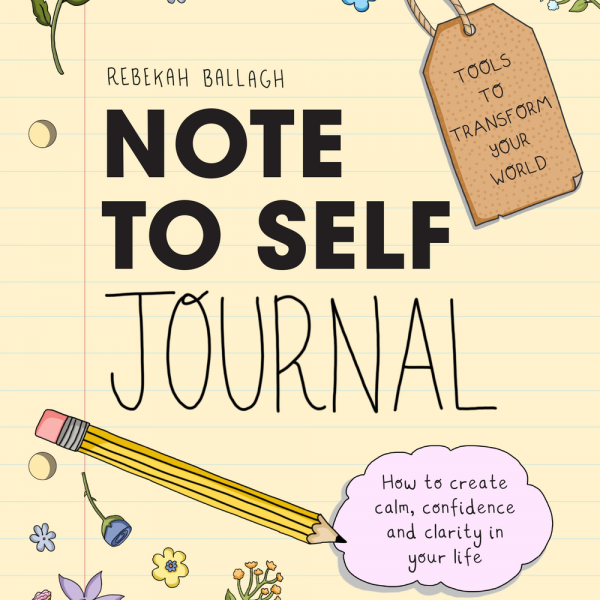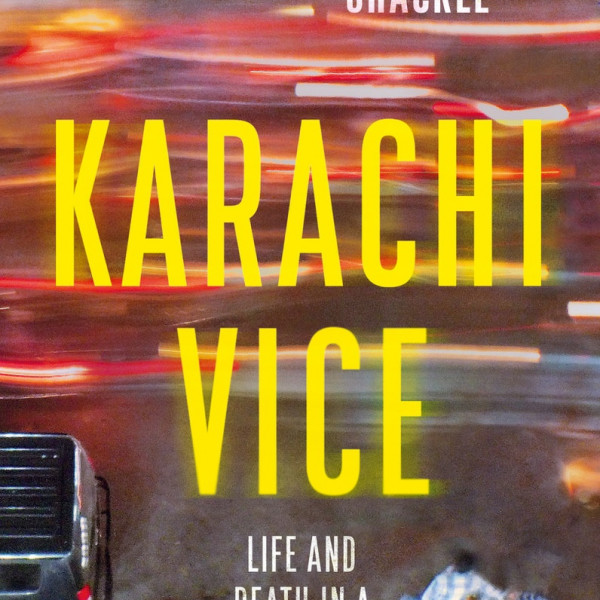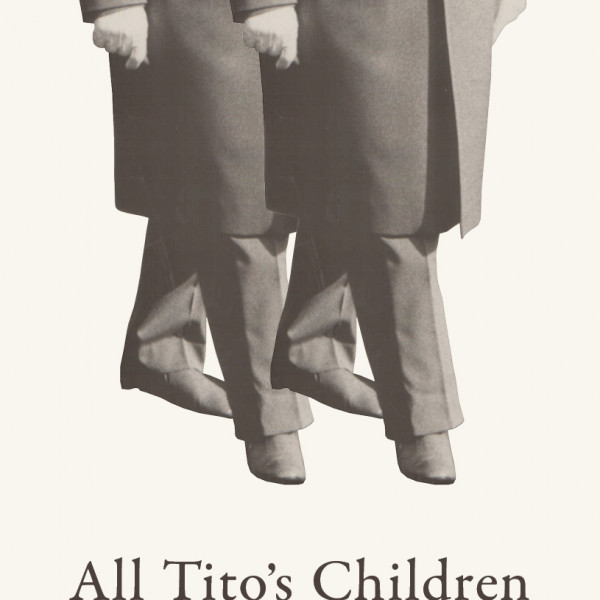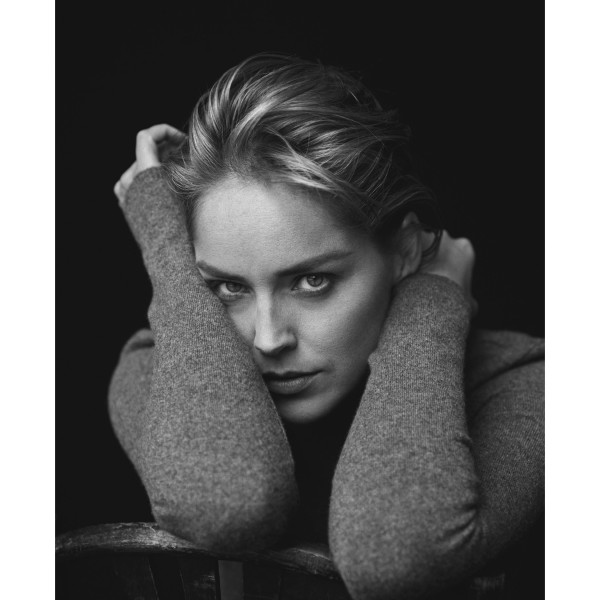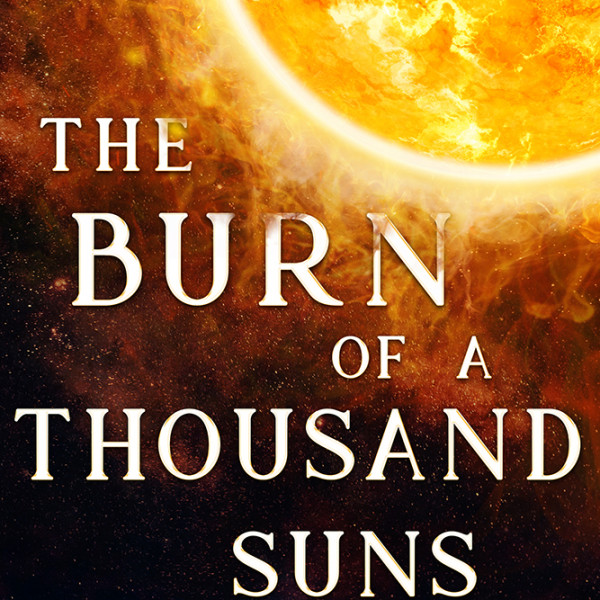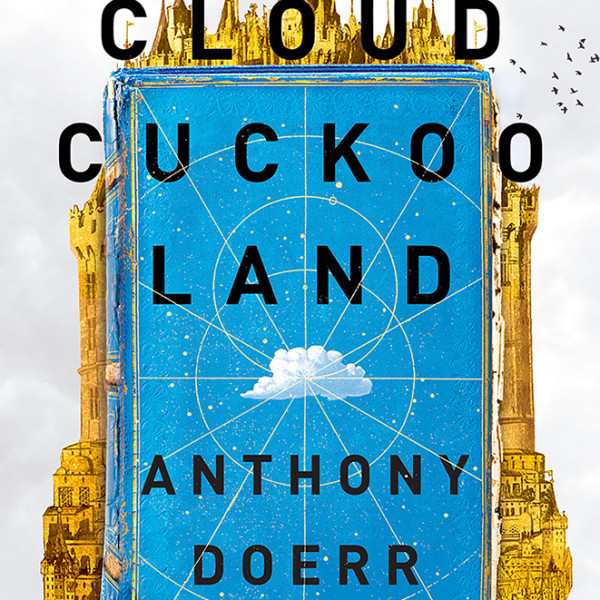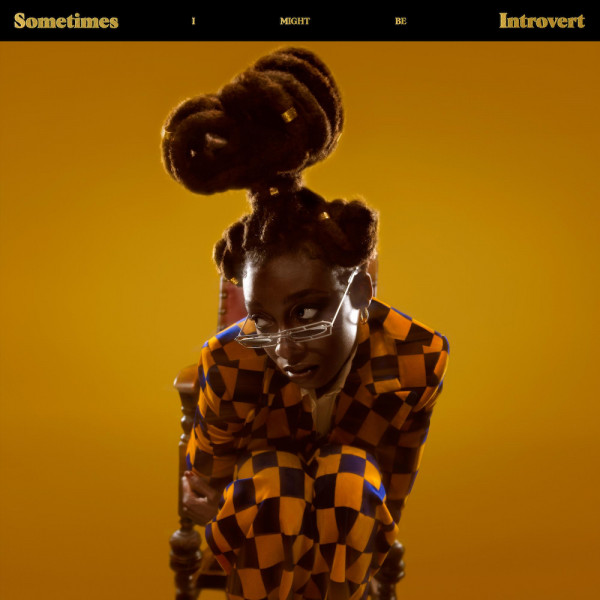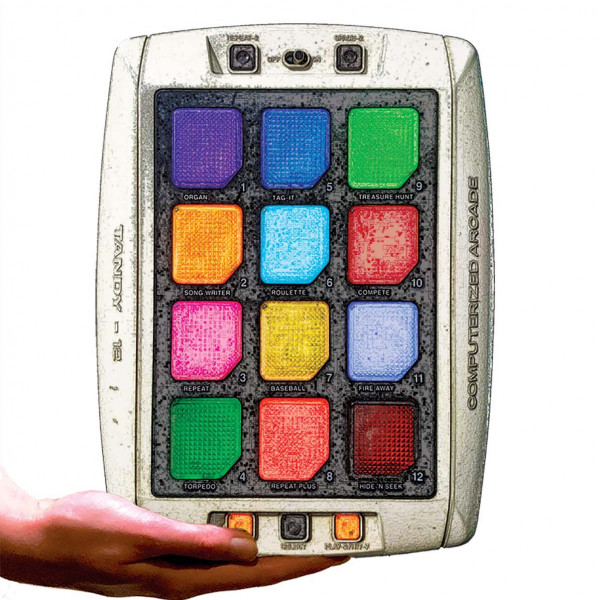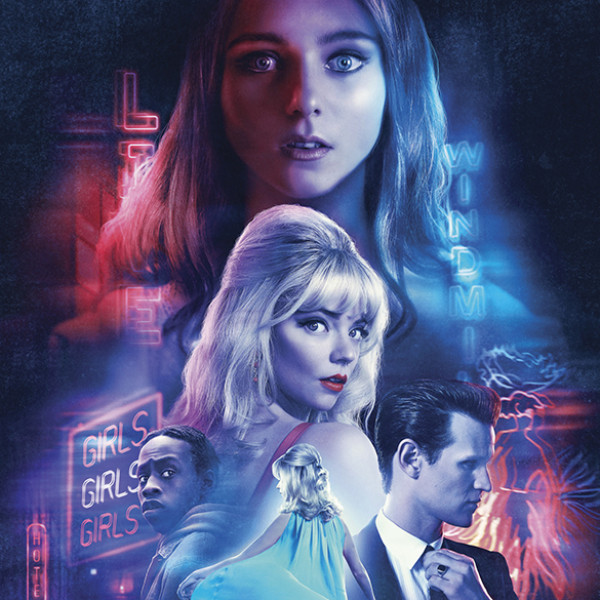
Dinner Party
Terrace Martin, Robert Glasper, Kamasi Washington, and 9th Wonder
Sounds of Crenshaw/EMPIRE
Reviewed by: Sam Hollis
I have no doubt that this collective of contemporary jazz and hip-hop pioneers could easily have gone all-out avant-garde, but instead, we have the short but exceptionally sweet Dinner Party. Smooth and seductive, its lean seven tracks play it lowkey, trading instrumental complexity for impact in brevity.
Dinner Party is an EP by collaborators and friends Robert Glasper (piano), Terrace Martin (saxophone), Kamasi Washington (saxophone), and producer 9th Wonder. It features vocal contributions from Chicago musician Phoelix, along with guitar backings courtesy of our own Marlon Williams.
Listeners with their ears to the ground of contemporary American jazz will know these names well, but those expecting a record with the grandeur of Washington’s The Epic or the explorative nature of Glasper’s Robert Glasper Experiment should prepare themselves. By comparison, Dinner Party is straightforward, but that only adds to its charm and uniqueness.
Melding elements of jazz and R&B, its core sound is reminiscent of the great neo-soul era of the late 90s – a shoutout to artists like D’Angelo, Bilal, Maxwell, and Erykah Badu. Each contributor finds their lane, and not one steps on another’s toes.
Glasper’s sparse but gorgeous piano fills drive songs like Sleepless Nights, complemented by Washington and Martin’s lightly soaring saxes. Phoelix, a relative newcomer, makes his presence known on cuts like From My Heart and My Soul and lead-single Freeze Tag. Tender and sweet, his performances show he understands the sonic minimalism the rest of the group is striving for, and his silky falsetto fits like a glove. That said, the EP’s instrumental tracks, such as First Responders, stand out as favourites, as they allow the laid-back vibe to flourish. It’s also on these songs that 9th Wonder’s ear for samples and distinctively off-kilter drum patterns shines through.
The album is just as subdued lyrically as it is instrumentally. The latter lends the record a certain sense of ease that pleases the ear, but despite Phoelix’s impressive vocal chops, what he’s saying doesn’t make much of an impact. While this may have been part of the plan, it won’t leave listeners with much to chew on after the fact.
Throw it on in the car on a stormy night, in the background at your next BBQ, or through some headphones in a quiet moment of solitude – Dinner Party is equally appropriate for each circumstance, which is what makes
it so special.



